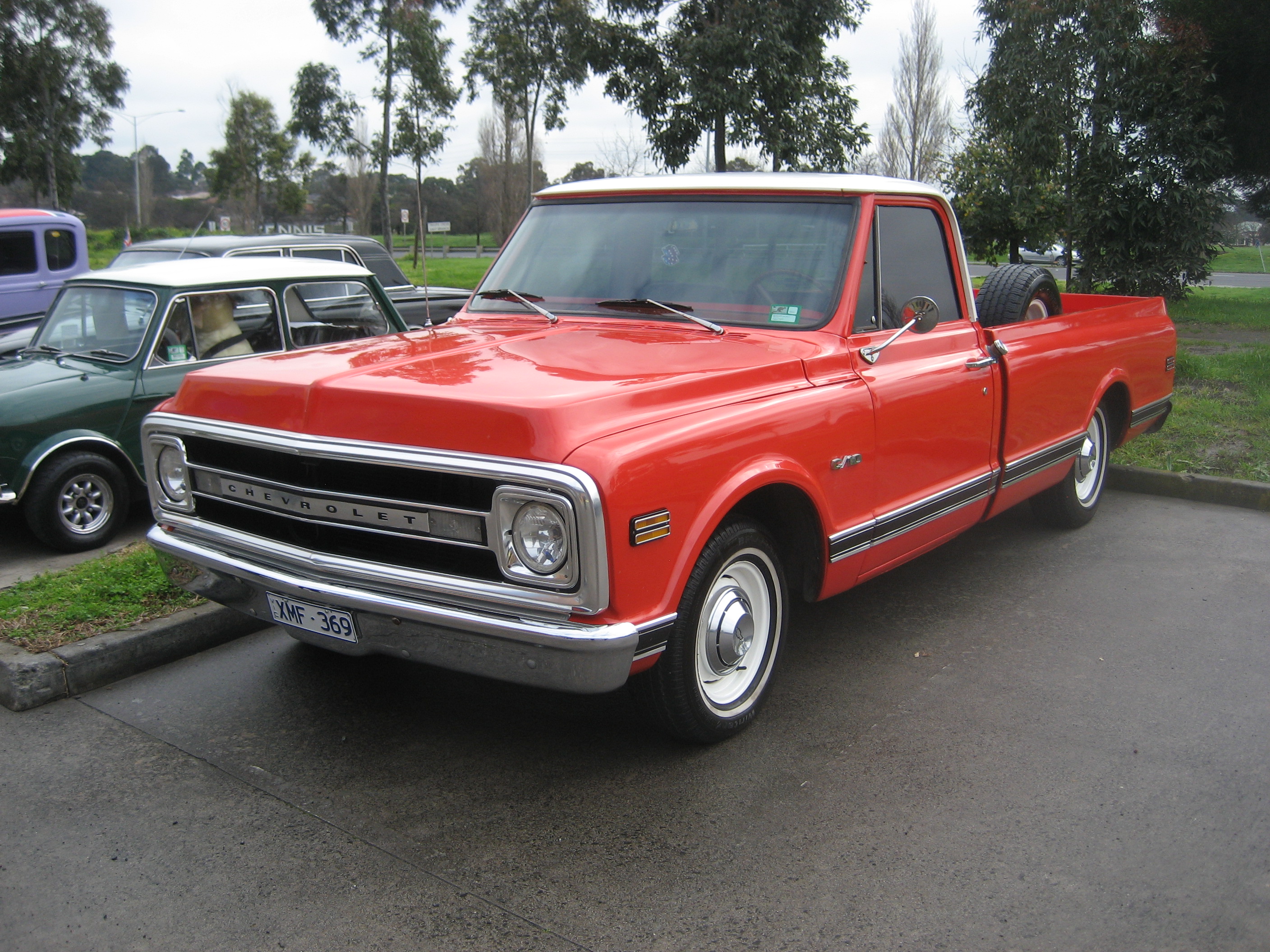
The journey of purchasing a new car is often fraught with excitement and anticipation, yet it frequently culminates in an experience many consumers dread: the dreaded finance office. After meticulously negotiating the vehicle’s price, many buyers find themselves confronting a new set of challenges as dealership finance managers or sales consultants introduce a plethora of “add-ons,” each presented as an indispensable safeguard or enhancement for their new investment. This critical juncture, post-price agreement, is where the dealer’s true profit-seeking strategies often come into play, aiming to incrementally increase your final payment and, by extension, their bottom line.
Understanding which of these dealer-offered upgrades and accessories truly provide value and which are designed primarily to inflate the dealership’s profits is paramount for any savvy car buyer. Without proper research and a firm grasp of the alternatives available, consumers can easily find themselves paying thousands of dollars more than necessary for products that offer questionable benefits, carry massive markups, or are simply available at a fraction of the price elsewhere. This guide aims to demystify these common dealer pitches, empowering you to make informed decisions and protect your hard-earned money.
We’ll delve into the specifics of several popular dealership add-ons, dissecting their purported advantages against their real-world value and alternative solutions. Our objective is to equip you with the knowledge needed to confidently say “no” to unnecessary expenses and navigate the car-buying process with greater financial intelligence. Prepare to discover the hidden costs and learn how to secure the best value, ensuring your new car purchase remains a cause for celebration, not regret.

1. Extended Warranties
Extended warranties, often marketed as vehicle protection plans, promise to cover repair costs for parts that fail after your car’s original manufacturer’s warranty expires. This proposition sounds appealing, especially when envisioning costly future repairs. While manufacturer-backed extended warranties *can* be beneficial if a catastrophic vehicle failure occurs post-original warranty, purchasing them from a dealer at the time of car acquisition often results in significant overpayment, potentially by thousands of dollars.
For third-party extended warranties, the potential markup is substantial, and the fine print in the contract is often extensive and complex. It’s a huge mistake to try and thoroughly research such an offer in the high-pressure environment of the dealership’s finance office. If interested, insist on reviewing the actual contract, not just a glossy brochure, and consult consumer advocacy agencies like the Better Business Bureau to check the company’s reputation and complaint history.
A crucial consideration is where extended warranty service can be obtained. If repairs are restricted solely to the selling dealership, the contract becomes largely worthless if you move or the dealership closes. Also, understand deductibles and the claims approval process. Crucially, you are not obliged to buy an extended warranty concurrently with your car, nor must it be from the dealership unless it’s the brand’s specific program. Exploring options with your lender, insurance agent, and independent online research can yield more competitive pricing and comprehensive coverage, allowing for an informed decision outside of sales pressure.
Read more about: Tricolor’s $200M Fraud: Unpacking the Collapse of a Subprime Auto Giant and Its Ripple Effects on US Banking
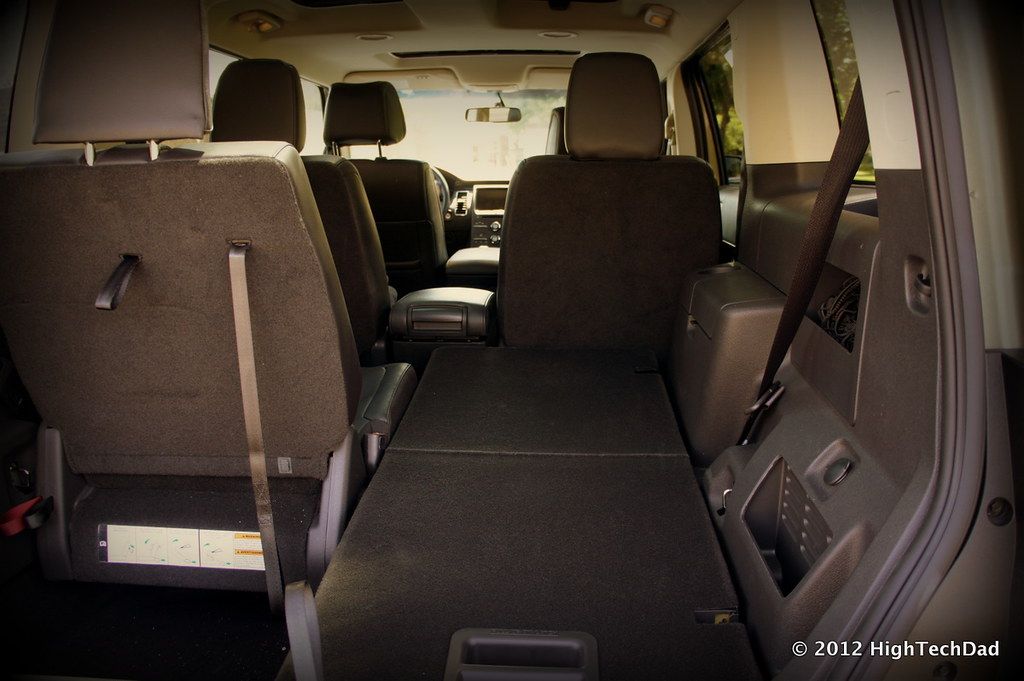
2. Rear-Seat Entertainment Systems
Rear-seat entertainment systems in SUVs or minivans offer a convenient way to keep children occupied on long drives, promising peace and quiet for adult passengers. These systems, whether factory-installed or dealer-added accessories, appeal to families seeking to make extended journeys more tolerable. Dealerships often highlight these as essential enhancements for family vehicles.
However, opting for a dealer-installed aftermarket system typically comes with a significant price premium. A more financially prudent approach, if this feature is desired, is to look for vehicles that offer such systems as a factory-installed option. Factory systems are usually better integrated, covered under the vehicle’s primary warranty, and often represent better overall value than potentially haphazardly fitted aftermarket additions.
In the contemporary digital landscape, significantly more versatile and affordable alternatives exist. Equipping your children with their own iPads or tablets, complete with headphones, provides unparalleled flexibility. These portable devices offer a broader range of entertainment and educational content and can be used in any vehicle, on public transport, or during other travel modes, making them a more practical and cost-effective long-term investment compared to a fixed, dealer-installed system.
Financing a high-cost dealer system over the life of your car loan only adds interest payments to an already overpriced item. The one-time purchase of a few tablets provides superior utility and a much better return on investment, allowing savvy consumers to save money while delivering more adaptable and diverse entertainment solutions for their passengers.
Read more about: Beyond 85,000 Miles: A Consumer’s Guide to 10 Minivans – Uncovering Those That Need $2000+ Repairs and Those That Endure
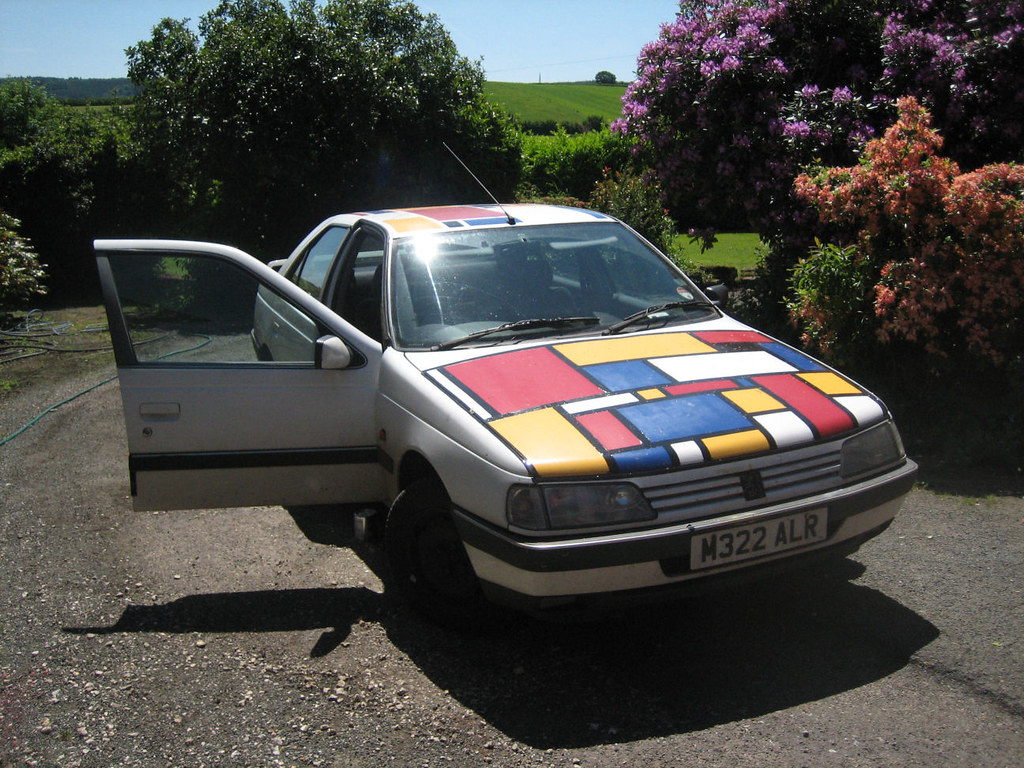
3. Paint and Fabric Protection
Dealerships often present “protection packages” for paint and fabric as crucial investments to preserve your car’s pristine condition and resale value. These add-ons promise to shield the exterior from environmental damage and protect interior upholstery from spills. The sales pitch emphasizes their necessity for maintaining the vehicle’s aesthetic appeal for years to come.
The reality, however, is that modern vehicles typically leave the factory with high-quality paint finishes and durable interior fabrics already boasting significant protection. Spending hundreds or even thousands of dollars on dealer-applied sealants or guards is frequently an unnecessary expenditure. Even if your car lacks extensive factory protection, superior and far more affordable aftermarket options are readily available for quality protection.
Often, a key selling point is a warranty for paint or upholstery damage. Consumers should question if the product’s price justifies potential repair costs; you could cover many minor dents or stains for the amount spent on a dealer package. Furthermore, many of these “protection plans” are filled with limitations and exclusions, reducing their practical utility precisely when protection is needed, making their perceived benefits largely illusory.
For those desiring extra protection, inexpensive DIY methods are highly effective. Spray-on fabric protection products, such as Scotchguard, are widely available for a fraction of the dealer’s cost. Always test on an inconspicuous spot first. Regular washes and waxes with a high-quality car wax provide excellent, affordable paint protection, keeping your car’s finish looking new without the exorbitant dealership markup, often outperforming rushed dealer applications.
Read more about: Arnold Schwarzenegger’s Urgent Warning: Navigating America’s Democracy Cliff After Charlie Kirk’s Assassination
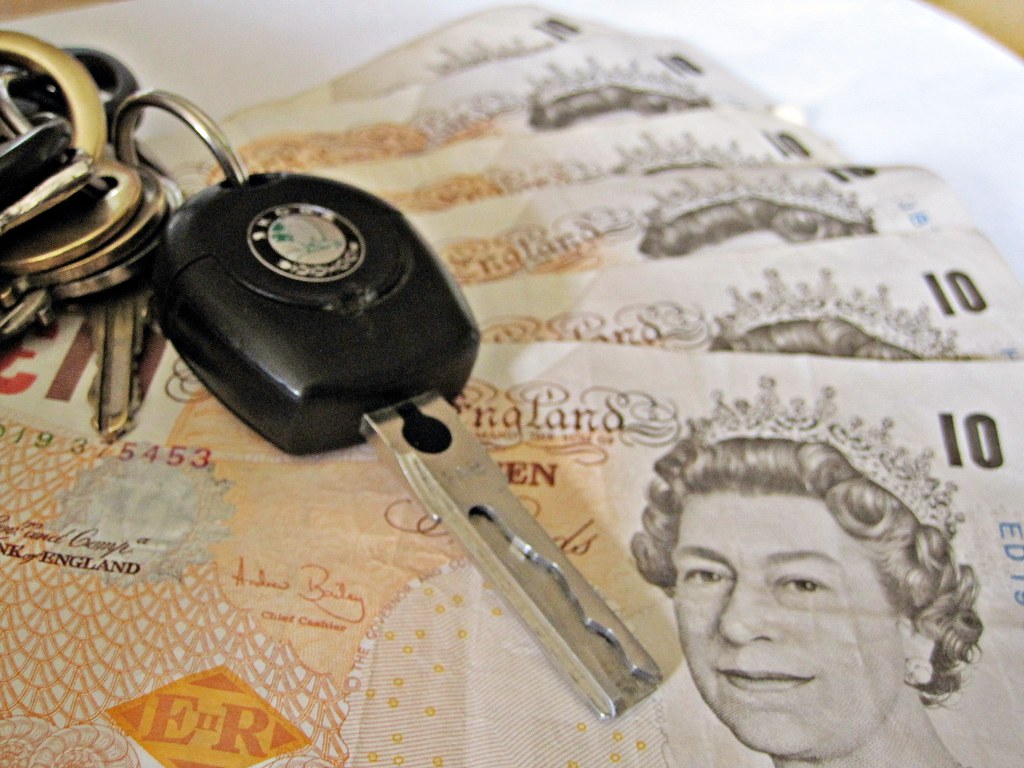
4. Key Protection
Modern car keys, with their sophisticated electronics and programming requirements, have indeed become expensive to replace. Dealerships exploit this reality by offering “key protection” packages, often emphasizing the high cost of replacement on a tag attached to the keys themselves. The aim is to persuade buyers that insuring against key loss or damage for hundreds of dollars is a prudent decision.
However, committing to such an expensive plan for a key costing around $500 to replace is often not a wise financial choice, especially if financed, accruing interest. Mechanical or electrical failures of a key are typically covered under your car’s bumper-to-bumper manufacturer’s warranty, making additional dealer protection redundant for these instances.
While standard auto insurance usually doesn’t cover key loss, contacting your insurer to add key coverage to your existing policy is a smart move. This can often be done affordably, providing better value than a standalone dealer offering. For those concerned about losing keys, inexpensive tracking devices linking to smartphone apps offer a much cheaper solution for locating misplaced fobs.
Furthermore, some dealer key protection packages include towing and locksmith services. These benefits are commonly available at lower prices, and with broader roadside assistance coverage, through established automobile clubs like AAA. Prudent research and comparison shopping among insurance providers and auto clubs will almost always yield superior protection without succumbing to another dealership markup for this specific add-on.
Read more about: Tricolor’s $200M Fraud: Unpacking the Collapse of a Subprime Auto Giant and Its Ripple Effects on US Banking
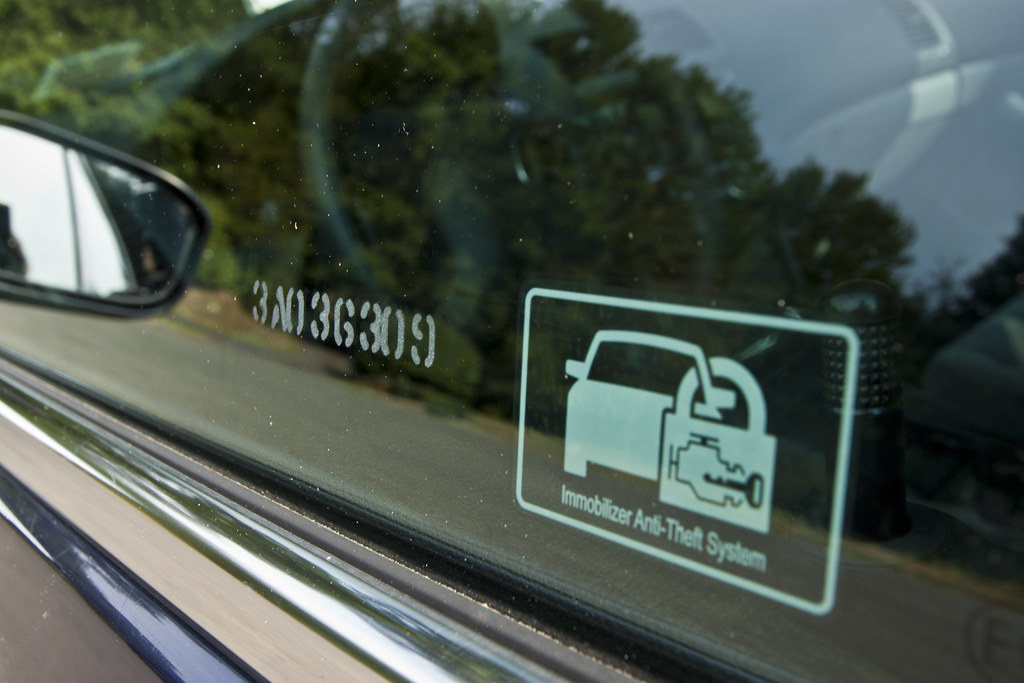
5. Anti-Theft Window Etching
Dealerships promote anti-theft window etching by stating that imprinting your Vehicle Identification Number (VIN) on the glass deters thieves and aids in vehicle recovery if stolen. This sales pitch plays on a natural desire for enhanced security and protection for a new car.
However, the practical effectiveness of paying hundreds for VIN etching is highly dubious. It’s unrealistic to assume a thief will notice or be deterred by small etched VINs during a quick theft. More importantly, your car’s VIN is already stamped in numerous prominent locations throughout the vehicle, providing minimal additional value in recovery efforts by etching it on the glass.
It’s a common dealership tactic to pre-print window etching costs on sales forms, making it appear mandatory. Consumers must understand this is rarely a required part of the sale; you have every right to insist on its removal or a substantial discount. Often, “theft protection coverage” bundled with etching is laden with exclusions, serving primarily to inflate dealer profit margins rather than offer genuine security.
For those who still desire VIN etching for personal reassurance, a far more economical solution exists. DIY VIN etching kits are readily available online for about $20, enabling you to apply the etching yourself at a fraction of the dealer’s exorbitant cost. This empowers consumers to achieve their desired security measure without falling victim to an overpriced add-on offering little tangible benefit beyond existing vehicle security or a good insurance policy.
Read more about: Louie’s Heartfelt Goodbye: What His Silent Sorrow Teaches Us About Our Grieving Feline Friends
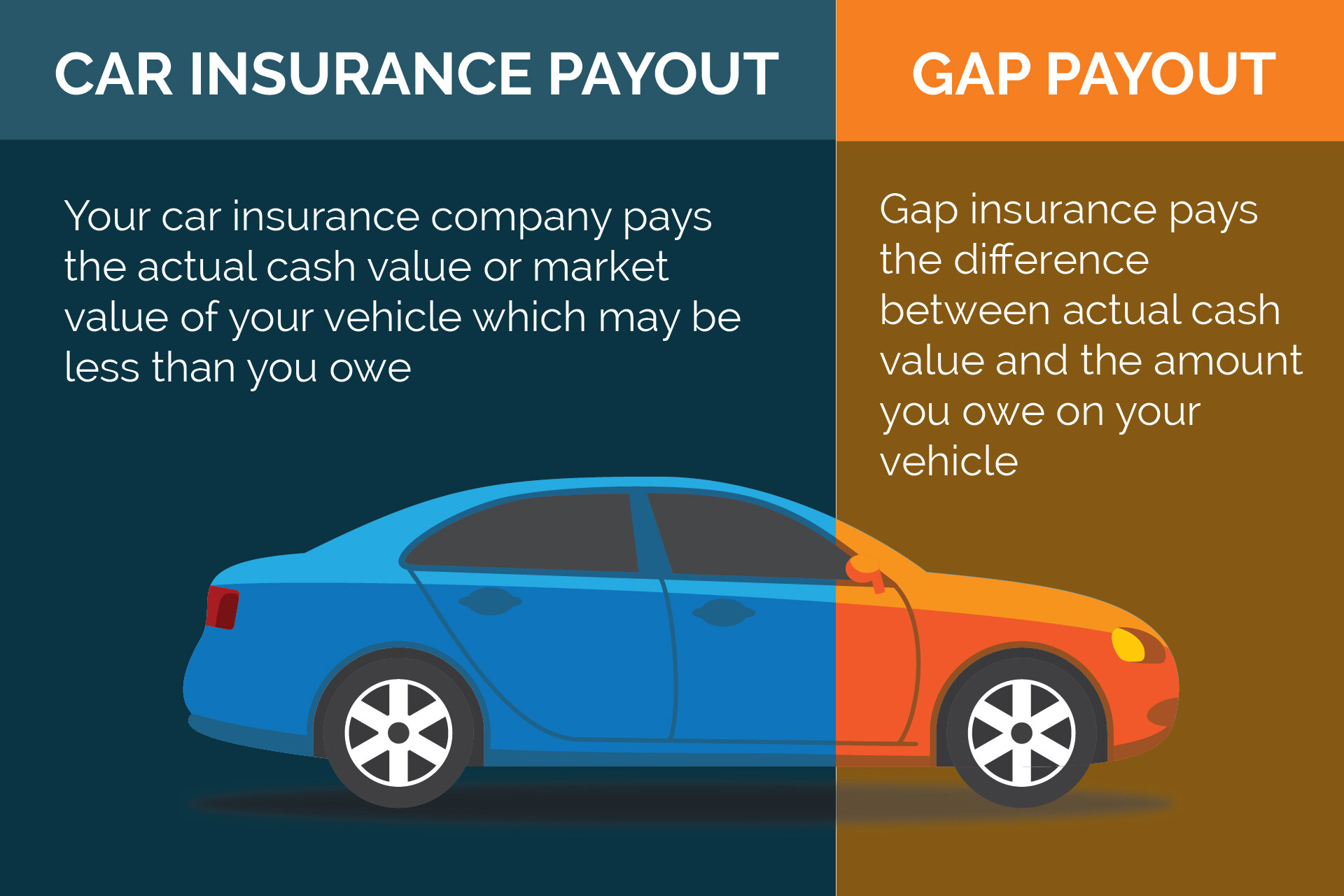
6. Gap Coverage
Gap coverage, or Guaranteed Asset Protection, safeguards you when your car is a total loss (due to accident or theft) and your loan balance exceeds the vehicle’s market value. Standard auto insurance only pays the car’s market value, leaving you responsible for the “gap.” Gap coverage bridges this difference, ensuring your loan is fully settled.
For many buyers—especially those with small down payments, long loan terms, or negative equity rolled over—gap coverage is a prudent choice. It’s often mandatory for leased vehicles to protect the leasing company’s asset. Its benefit is clear: it prevents ongoing payments on a vehicle you no longer own, offering a crucial financial safety net.
However, buying gap coverage directly from a car dealer without exploring alternatives is a common and expensive mistake. Dealerships profit significantly from gap insurance, but you are not obliged to purchase it from them, even if your lease requires it. This area offers substantial savings through comparison shopping.
The smart approach is to get quotes from your auto insurance company and lender. Often, adding gap coverage as an affordable rider to your existing car insurance policy provides the exact protection needed at a much lower cost than the dealership’s offer. When comparing, prioritize policy specifics, limitations, and the insurer’s reputation over price alone. Remember, if you rolled negative equity from a previous loan, dealer-offered gap coverage might not cover the full inflated balance. Once you have external quotes, you can challenge the dealership to match or beat them.
Read more about: Buyer’s Alert: 7 SUVs Prone to Major Breakdowns Before Hitting 80,000 Miles
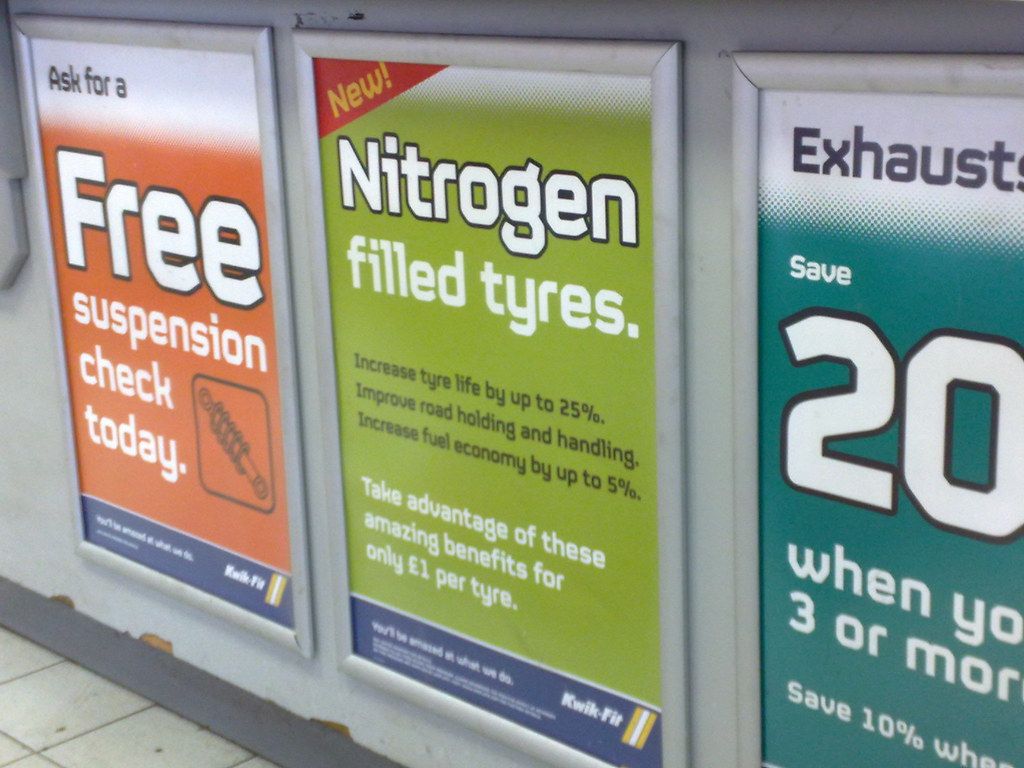
7. Nitrogen-Filled Tires
Dealerships frequently offer nitrogen tire fills as a premium upgrade, touting benefits like greater temperature stability for consistent tire pressure and slower air seepage. The implicit promise is enhanced tire longevity and performance, appealing to buyers looking for optimal vehicle maintenance.
However, the key question for consumers is whether these marginal advantages justify the typical dealer charge of a hundred dollars or more. For the vast majority of everyday drivers, the answer is no. While nitrogen’s properties are valuable in high-performance applications like race cars, its real-world impact on passenger vehicles is negligible. The slight pressure stability difference won’t significantly affect fuel mileage, drivability, tire wear, or safety to an extent that validates the cost.
Your tires will not last appreciably longer for this investment. Regular compressed air, which is 78% nitrogen, performs perfectly adequately for daily driving needs, rendering the expensive dealer upgrade largely superfluous. If you still desire nitrogen, a far more cost-effective option is available: many independent tire shops offer nitrogen inflation for just a few dollars per tire, a fraction of the dealership’s price.
Moreover, relying on nitrogen to skip regular tire pressure checks is a dangerous misconception. Checking tire pressure is a crucial opportunity to inspect tires for damage, punctures, or uneven wear—essential maintenance nitrogen inflation does not replace. Prioritizing regular visual inspections and manual pressure checks contributes significantly more to tire longevity and safety than an overpriced, dealer-installed nitrogen fill.
Read more about: Decoding Car Dealer Pricing: An In-Depth Guide for Consumers to Navigate Buying and Selling
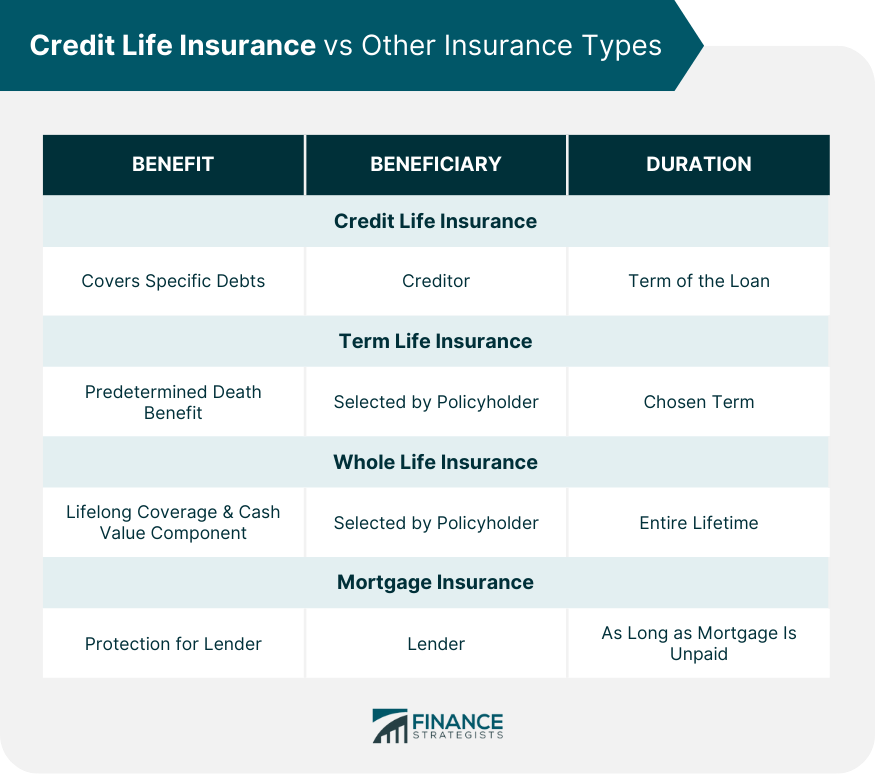
8. Credit Insurance Products
The sales pitch for credit insurance products can sound incredibly appealing, promising to pay off your car loan if you face death, disability, or unemployment. While this offers peace of mind, it’s crucial to recognize that you are primarily buying an insurance policy for the lender, often at a disproportionately high cost to yourself.
These products typically involve either a large upfront payment or a fee included in your monthly payments that declines with the loan balance. If you finance the upfront premium, you’ll incur interest on it for the entire loan duration, significantly inflating its actual cost. A smarter approach involves researching affordable term life and disability policies independently. These external policies often provide greater flexibility, allowing you or your family to use the proceeds for any debts, not just the car loan, with any surplus funds benefiting your estate.
For unemployment coverage, it’s wise to check with your existing loan provider and car insurance company, as they might offer equivalent protection at a lower price. Crucially, in most states, dealerships cannot legally mandate these policies as a condition of sale. If a dealer attempts to impose such a requirement, it serves as a significant red flag, indicating you should consider walking away from the deal and seeking a more transparent transaction elsewhere.
Read more about: Beyond Gold: Unveiling the Next Generation of Wealth-Building Opportunities in High-Growth Sectors and Alternative Investments
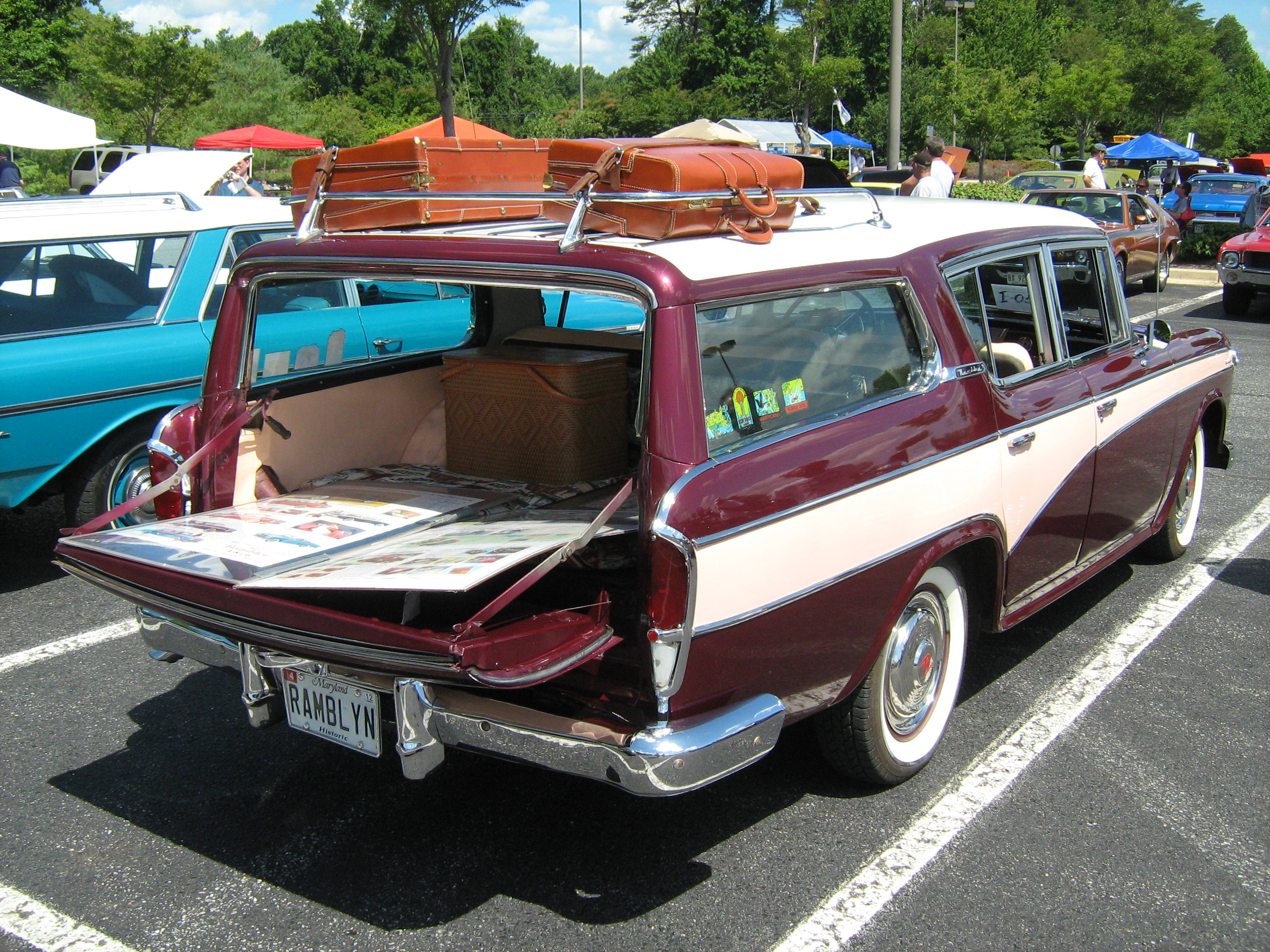
9. Factory Roof Rack Accessories
Automakers often present proprietary roof rack accessories designed exclusively for their factory-installed racks. Dealerships highlight their seamless integration, but these items typically come with a premium price and limited versatility compared to aftermarket alternatives.
A more financially astute decision is to bypass these dealer-specific accessories. Instead, consider purchasing from independent rack companies like Thule or Yakima. These reputable manufacturers offer a vast array of high-quality products with adapters for various factory crossbars. The benefits extend beyond cost savings: generic accessories can be transferred between vehicles, eliminating replacement costs with a new car, and providing a much broader selection tailored to your specific needs.
While some automakers now integrate Thule and Yakima parts, and dealer purchases might offer financing and warranty coverage, initial prices at the dealership are often higher than those found at sporting goods stores or online retailers. Savvy consumers will find that the flexibility, wider choice, and typically lower prices from aftermarket specialists provide superior long-term value, ensuring optimal equipment without overpaying.
Read more about: Mechanics’ Top Frustrations: 14 Bad Car Habits You Need to Stop Now to Save Money and Your Vehicle’s Life
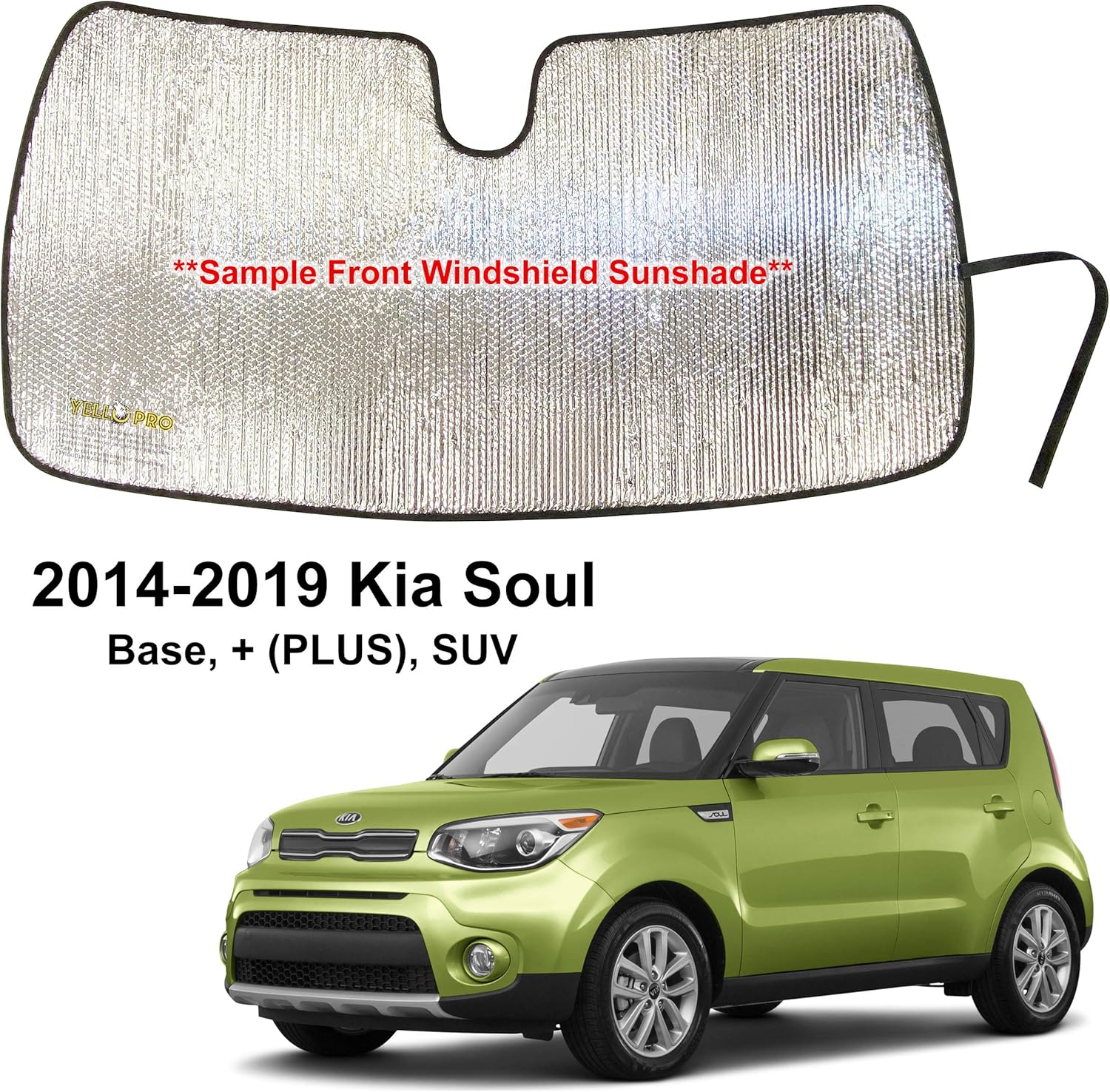
10. Windshield, Tire & Wheel, or Dent Protection
Dealerships frequently offer various “protection packages” for your car’s glass, tires, wheels, or bodywork against small dents. These are often aggressively marketed as vital investments to preserve appearance and guard against damage. However, for most car buyers, banking your money and paying for repairs as needed is a far more financially sound strategy, as the package cost often greatly exceeds potential repair expenses.
If you are still considering such a plan, it is imperative to move beyond glossy brochures and demand to examine the actual contracts. You will frequently uncover extensive conditions and exclusions that dramatically reduce the program’s practical value and utility, often limiting coverage precisely when it’s most needed. Furthermore, rigorously investigate the reputation of the companies providing the coverage by searching online and contacting consumer advocacy groups like the Better Business Bureau.
Some dealers also promote windshield protection treatments, claiming they strengthen and shield glass. If such a substance were truly effective and economical, automakers would apply it universally at the factory. While comprehensive auto insurance covers most road damage, for uncovered types, you’ll almost certainly save money by skipping dealer packages and independently addressing issues if they arise. Be highly suspicious of any sales consultant who claims these protection packages are mandatory; such a claim is usually false and a strong indicator to seek another dealership.
Read more about: Unraveling America’s Automotive Ancestry: A Deep Dive into the Oldest Car Brands That Shaped a Nation’s Roads
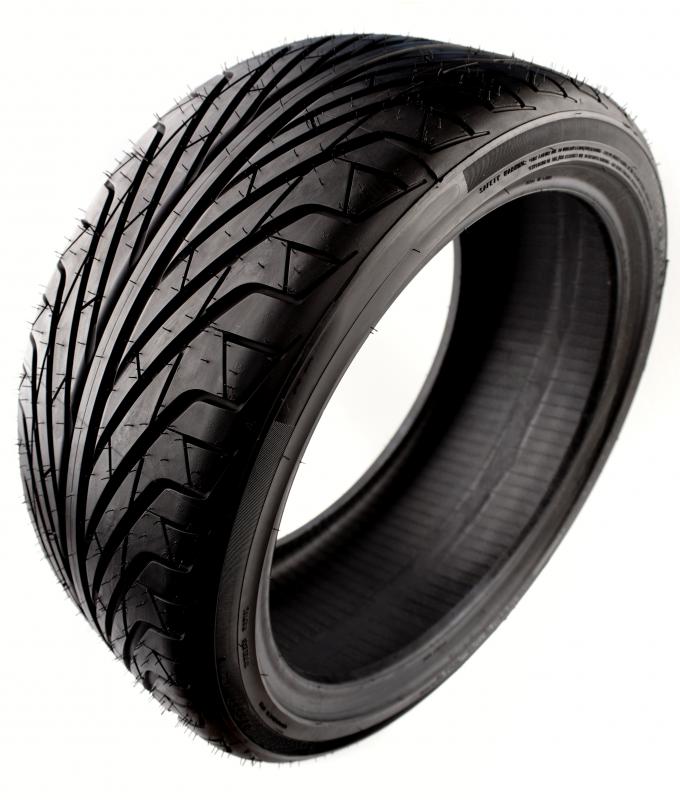
11. Tire and Wheel Packages
Car showrooms frequently display vehicles adorned with appealing aftermarket or upgraded tire and wheel packages, clearly marked with additional costs on addendum stickers next to the factory window sticker. These are presented as enhancements, but at a premium.
If you desire the car but not the costly custom wheels, you have the right to negotiate their removal from the sale. Although salespeople might initially resist, the vehicle’s original tires and wheels are typically available in the dealership’s back shop. Should the dealership agree to reinstall the factory-standard wheels, ensure this swap is fully completed and verified before signing any final paperwork, preventing unexpected surprises.
Prior to buying custom tires and wheels from a dealership, thoroughly research whether their warranties match the original coverage for stock tires, wheels, and tire pressure monitoring system sensors. It is highly recommended to compare prices from external sources like independent tire stores or online retailers such as Tirerack.com. Opting for an outside source provides a broader selection and often more competitive pricing, allowing you to choose the exact wheels and tires that best suit your preferences, rather than being limited to showroom displays.
Read more about: From Anemic to Awkward: Unmasking 15 Muscle Cars That Truly Missed the Mark – And Why We Can’t Forget Them
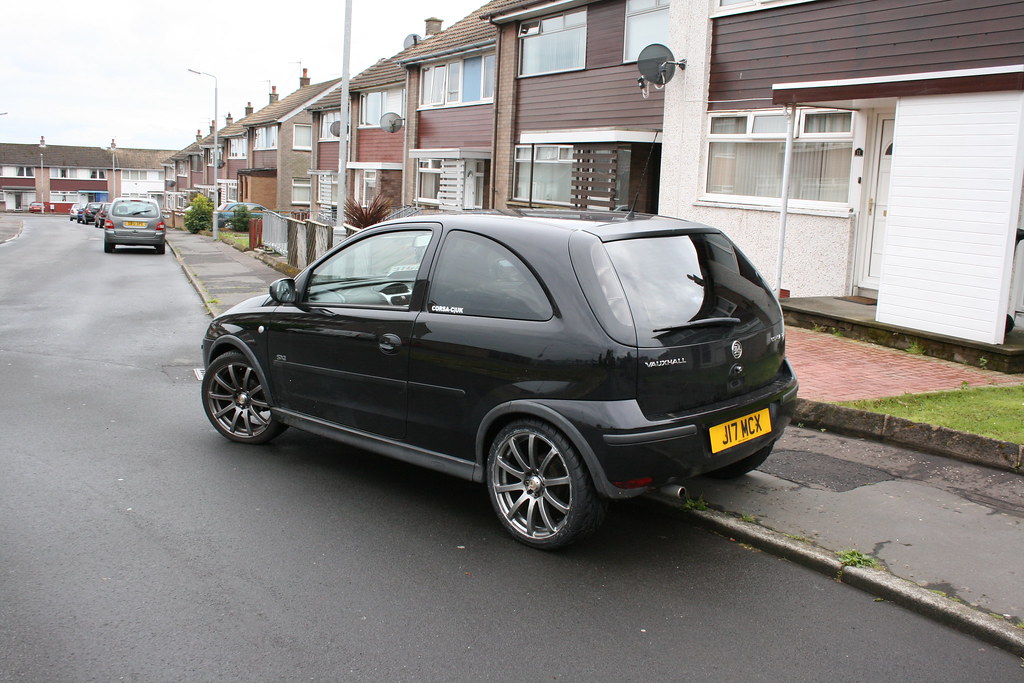
12. Window Tinting and Clear Film Protection
In many climates, especially sunny ones, automotive window tinting is a practical necessity, offering more than just improved aesthetics. It enhances privacy, deters theft, protects occupants and interiors from harmful UV rays, lowers cabin temperature, and can even reduce A/C usage. However, purchasing window tinting directly from a dealership frequently results in overpayment.
For both window tinting and clear protective films like Clear Bra, it is always financially and qualitatively superior to compare prices and products from multiple independent retailers. Products vary significantly in quality, longevity, and performance, with regional conditions affecting their efficacy. Online research and local recommendations are invaluable for selecting the best product for your needs and ensuring superior durability.
Crucially, the expertise of the installation is paramount for both tinting and protective film. A specialized shop that focuses exclusively on these applications is almost always a better choice than a dealership that only occasionally offers such services. Specialists possess the dedicated experience, tools, and techniques for a flawless application, minimizing issues like bubbles or peeling, and providing far better long-term value than a potentially rushed dealer job.
Read more about: The 10 Coolest Car Mods Under $500: Instantly Upgrade Your Ride and Driving Experience

13. Car Alarms and Tracking Systems
Before purchasing an alarm or vehicle tracking system (e.g., LoJack) from a car dealership, consumers should extensively shop around at independent car electronics retailers. This comparison allows you to find better pricing or a system better tailored to your specific security requirements, assuming an aftermarket system is truly needed given many new cars’ standard security features.
Some dealerships routinely pre-install security systems on all lot vehicles to prevent inventory theft. They will then attempt to sell you this system with your purchase. If unwanted, firmly insist on its complete removal or a substantial discount before signing. For special orders, proactively request that the dealer refrains from installing any such system upon arrival.
Many new cars come standard with alarm systems or advanced telematics services like OnStar, Kia Connect, or Hyundai BlueLink. These subscription-based systems often include robust vehicle tracking, roadside assistance, and emergency services. With such sophisticated factory options, an overpriced aftermarket system from a dealer may offer little additional benefit. For basic tracking or lost keys, inexpensive devices like Apple AirTags or Tiles provide a far cheaper and simpler solution. Be aware that many dealers install GPS trackers for their own purposes—to manage inventory, prevent theft, and even “track, repossess, or recover” sold vehicles, meaning a tracker might already be present regardless of your purchase.

14. Delivery Fees
A “delivery fee” is a relatively new and often misleading dealership tactic, separate from optional add-ons, designed to make buyers pay twice for a cost already included in the vehicle’s price. It’s a subtle way to inflate your final car cost without providing genuine additional value.
This added fee typically appears late in the paperwork process, often mirroring the “destination charge” already displayed on the manufacturer’s window sticker. Many buyers mistakenly confuse the two and pay both. If a dealership claims this separate “delivery fee” covers transport from the manufacturer, they are being dishonest; the destination fee on the sticker explicitly covers this.
If you find a separate delivery fee on your agreement, unequivocally demand its removal. This charge is redundant and unjustifiable. Should the dealership refuse, it is a clear signal to reconsider the deal and potentially walk away. Numerous other dealerships exist where you can secure a fair, transparent transaction, protecting your financial interests from such an egregious double charge.
Read more about: Watch Out: 12 Compact Cars Prone to Major Engine Issues Before 80,000 Miles – A Consumer Guide

15. Included Equipment Should Be Just That: Included / Opaque Line Items
Exciting features like a sunroof, roof rails, or a rear-seat entertainment system undoubtedly enhance a car’s appeal. However, a critical step is meticulously cross-referencing these items with the Monroney window sticker – the official manufacturer’s label.
If equipment is already listed on the window sticker as included in the MSRP, it must not reappear as a separate charge on the dealership’s purchase offer. Dealerships often dismiss discrepancies as “mistakes” or “misprints,” but this practice of opaque line items and “fuzzy math” is common, designed to confuse and inflate the final price.
Given this potential for deception, always take your written offer home for a calm, thorough review. Do not pay for unneeded items, or features already accounted for in the base price. Avoid financing items offering no long-term value or those available cheaper elsewhere. If you feel exploited, remember no car is unique; thousands of dealers exist. Seek one that genuinely values your business through fair, transparent practices, ensuring a smarter, more secure investment.
Navigating the car buying process requires more than just negotiating the initial price; it demands unwavering vigilance, especially when confronted with the myriad of add-ons presented in the finance office. As we’ve explored, many of these “protective” products and services, from extended warranties to nitrogen fills and even seemingly mandatory delivery fees, often carry exorbitant markups, offer questionable value, or are simply better sourced elsewhere. The key takeaway for every consumer is the power of knowledge and preparation. Armed with detailed information about what to scrutinize and what to outright reject, you can confidently steer clear of these costly traps. Remember, your objective is to make an informed decision that truly benefits your vehicle and your wallet, ensuring your new car purchase remains a source of satisfaction, not regret, by protecting your hard-earned money from unnecessary expenditures. The journey to car ownership should be empowering, and by understanding these potential pitfalls, you are well on your way to a smarter, more secure investment.

